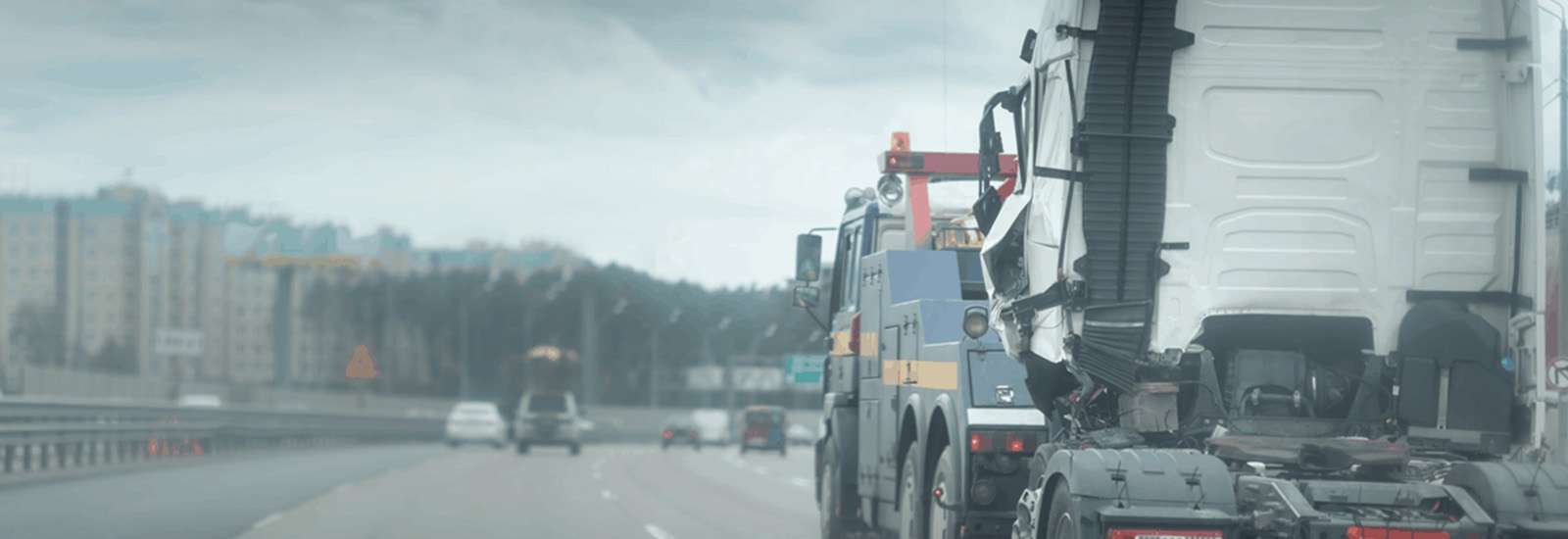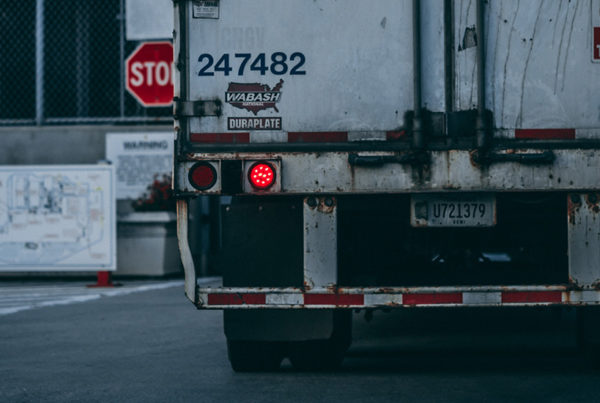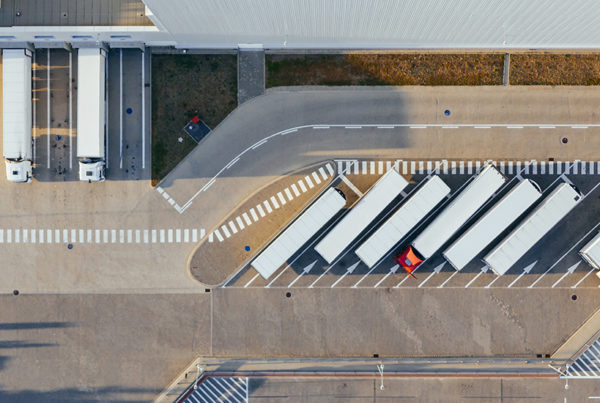Damage to your vehicles can be an avoidable expense. Find the right solutions and learn some top tips for keeping your vehicles safe with WABCO.
When it comes to road safety, the primary concern is ensuring that fleet operations are designed to keep drivers, pedestrians and other road users safe from harm. However, for a fleet to function without interruption and at its optimal capacity, it’s also vital that trucks and trailers are protected from damage. Otherwise it could lead to them being off the road, needing repairs or even being replaced – all of which are costly for businesses.
When a damaged vehicle is out of circulation, it reduces the ability of a fleet to satisfy all customers and complete jobs, as well as increasing the costs spent on repairs and replacements.
Vehicle damage costs money. Therefore, it’s best to put strategies in place that tackle this and reduce the risk early, rather than encountering large bills to fix problems further down the line. It has been estimated that having a single vehicle off the road can cost your business between 400 € and 700 € every single day,[1] so it pays to get it right with road safety.
The key thing any logistics or haulage company has to do is deliver and collect items in a prompt and safe manner – and a company that doesn’t do that will lose customers, suffer reputational damage and ultimately lose money. As a fleet manager, there are ways to reduce the chance of vehicle damage and avoid such problems.
Reducing accidents
Multiple factors are at play when it comes to commercial vehicles being damaged on the road, not all of which are under your control. Freak weather conditions, errors made by other road users and unavoidable hazards are all impossible to plan for. However, proper training, impactful solutions and effective preparation for drivers, trucks and trailers can help make sure they are best placed to deal with such scenarios.
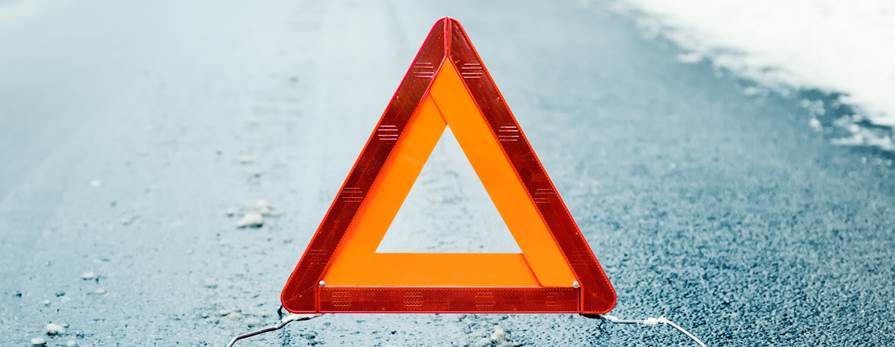
Driver safety training is one of the primary focal points for reducing vehicle damage. Ensure your team are getting the most out of their vehicle, observing speed limits and are alert and aware of hazards on the road to give them the best chance of avoiding accidents. The WABCO Academy Top Driver Training Program includes modules around safety technology, load securing, technology and driving practice to help get them up to speed.
Tachograph information can also help you ensure they’re taking adequate rests and not driving when tired. DigiTach Solutions integrates tachograph data into your FMS, delivering it to the back office in real time for greater visibility. The vast majority of accidents are caused by human error, so use TX-ECO, which analyses driving styles, to further help your drivers learn how to minimise this risk.
Minimise the chance of vehicle damage to your fleet by taking carefully thought out steps.
Theft and damage
Theft from cargo fleets is a major problem that can cause several issues for fleet managers. There is the cost of insuring and replacing the stolen goods, the impact on the supply chain and your reputation, as well as the expense of repairing damage done during the theft – for example, slash and grab jobs can leave the sides of trailers hugely damaged. Data shows UK companies lost approximately £14m in cargo theft from April to June 2018 alone.[2]
Minimising damage caused by theft starts with securing loads effectively, and there’s a wide range of security measures you can implement to do so. Electronic locking systems and virtual keys, such as those included as part of the OptiLock™ security solution, mean you can control who has access to the trailer from head office, overriding the driver’s access where required.
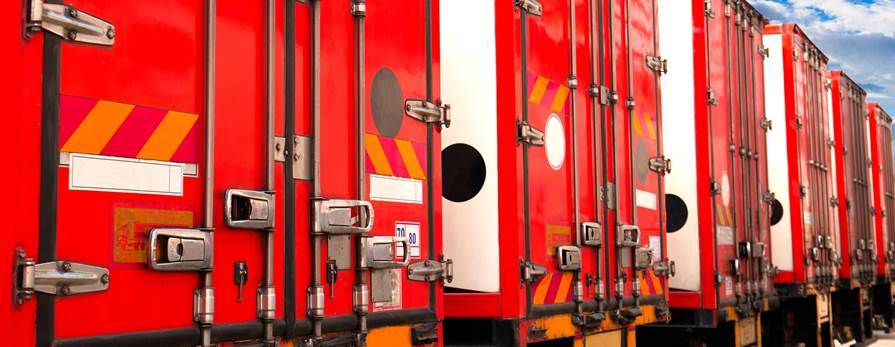
Driving style
Drivers don’t just cause damage to vehicles by having bumps or accidents – they can also have a negative effect on the long-term health of the truck and trailer through the way they handle the vehicle. Driving or accelerating too quickly and braking hard can add to the stress and strain the truck is already under, and cause damage that leads to expensive breakdowns and repairs.
To tackle this, make the most of digitisation, which allows fleet managers to use integrated telematics devices such as TX-SKY to capture information about the performance of drivers. This will let you identify any drivers who require further training, vehicles that may have issues due to poor handling and review driver efficiency, leading to financial savings. Armed with this knowledge, you can iron out problems before they become costly and reduce bad driving habits before they cause damage to trucks and trailers in the long run.
Certain devices help drivers avoid damage too. These include lane departure warning systems such as OnLaneALERT™, which helps avoid accidental lane drifting. Others enable safe parking and can alert them to the risk of collisions – which can cause serious damage – before they happen, such as TailGUARD™ that detects objects in a trailer’s blind spot and automatically stops it to prevent a collision.
Driver safety training is one of the primary focal points for reducing vehicle damage.
Preventative maintenance
Damage to one part of a vehicle can lead to a ‘butterfly effect’ that causes other areas to suffer wear and tear or direct damage. One notable example of this is blowouts from low tyre pressure, which can lead to severe axle damage. Using OptiTire™, which relies on sensors to monitor tyre pressure, can prevent unexpected problems. Otherwise, before you know it, an easily avoidable problem has taken a vehicle off the road, eaten into your repairs budget and potentially caused an accident.
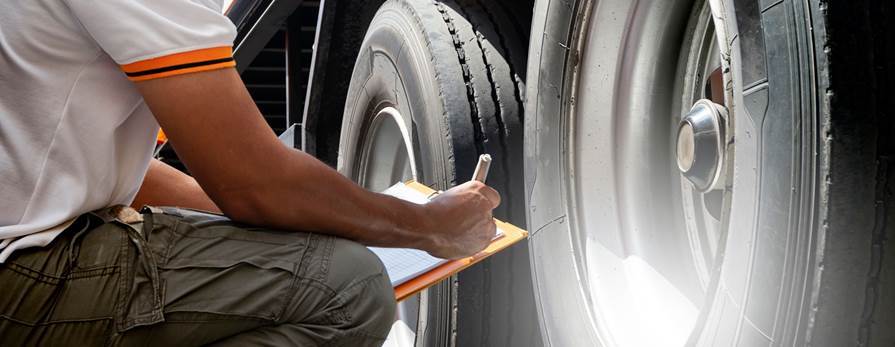
Prepare for this by using remote diagnostic tools – such as TX-DIAGNOSTIX – which can flag up many vehicle issues before the driver may otherwise realise. It’s always better to schedule preventative maintenance than reacting to a vehicle breakdown, as it lets you save money and ensures you can plan to have the right number of trucks on the road to get the job done.
Reduce the chance of vehicle damage and you should end up with a fleet that is leaner, greener and safer.
